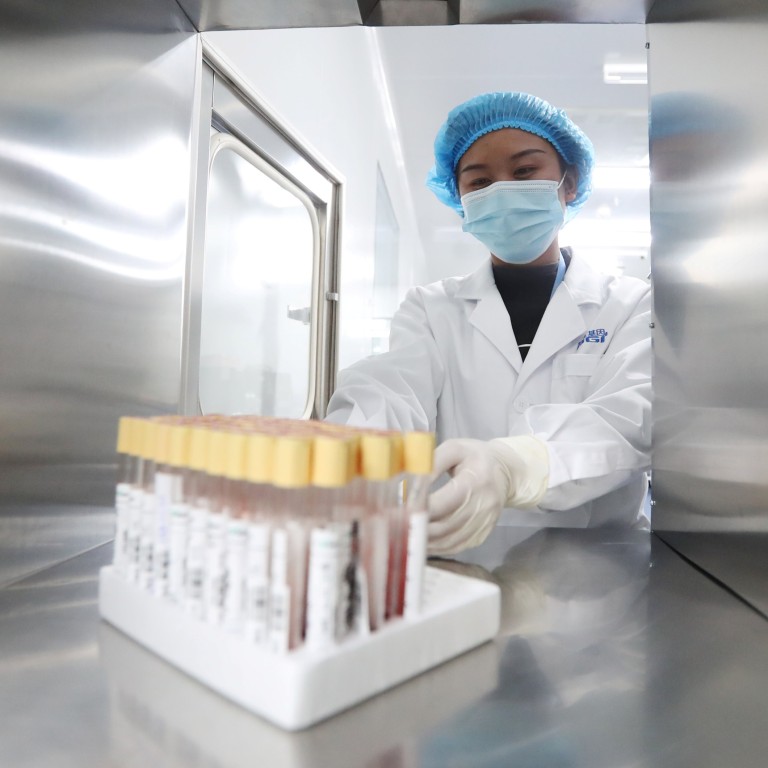
Medical discoveries can wait. First, improve Hong Kong’s access to clinics and primary care
- David Dodwell says medical innovations involving AI and gene-profiling don’t count for much when needs like community-based primary care and elderly care are neglected. And these are areas in which Hong Kong must do better
One unexpected area explored alongside genomic medicine in the issue (and of particular interest to us in Hong Kong) is recent research into the potential of traditional Chinese medicine, as Western-trained doctors attempt to discover the active ingredients in ancient treatments.

Almost more interesting than the medicine itself is the fact that the active ingredients – black cardamom, poria mushroom, Chinese senega root, sweet flag rhizome – are dirt cheap and available at almost any Chinese pharmacy (I even found them in a little pharmacy on the high street in my parents’ hometown in Lincolnshire). I am sure that if the active ingredients in the Chinese herbs were being distilled and dispensed by a Western pharmaceutical company, they would be costing me a king’s ransom.
More importantly, at the heart of traditional Chinese medicine is the principle of keeping well rather than treating sickness when it becomes severe. It is this that so powerfully aligns traditional Chinese medicine with the more recent medical breakthroughs featured in National Geographic.
Here is a story built around unequal access to basic medical services (black women in the US are 2.6 times more likely to die during pregnancy than white women), medical research prioritising the affluent, and the absence of comprehensive health care.
Even in Hong Kong, where few of these alarming trends have taken root, there is a sense that whatever the exciting potential of new medical discoveries or traditional Chinese medicine, the challenges facing our medical systems sit elsewhere – in misallocation of vast budgets to hospital care at the expense of community-based primary care, and to headline-making research on cancer at the expense of humdrum but no less important things like wellness, mental health and elderly care.
Sure, it is gratifying to learn from National Geographic about all the possible, newfangled ways our health may soon be monitored: electrodes in the sheets and pillowcases that track our brave waves and sleep patterns; toilets that can check our urine for signs of sickness; toothbrushes that analyse our saliva; smartphones that can detect depression; contact lenses that monitor blood pressure and glucose levels; and “electronic noses” that check our breath and secretions for signs of disease.
All these could make our lives better. But, at a time when health budgets in countries like Britain and the US are under pressure, surely our key medical challenges are more basic. In Hong Kong, we face less acute budgetary pressures, but waiting lists for treatments for many basic ailments – even simple, routine cataract operations – remain so stubbornly long that it must be hard to justify overexcitement about today’s exotic marvels.
More critical for me is why HK$500 billion – billions, not millions – is being set aside for building new hospital facilities and operating theatres, when half of this could be invested in a community-wide network of clinics bringing basic medical care close to families in high-rise homes, and it would massively mitigate the need for new hospital facilities.
So, as we get excited about the innovations that could transform our prospects for a long and healthy life, let us not forget that the key issues are still the basic stuff: poverty, poor diet, inadequate exercise and unequal access to basic medical services.
Keep focus here, and we have immensely better prospects of a happy and healthy 2019.
David Dodwell researches and writes about global, regional and Hong Kong challenges from a Hong Kong point of view

